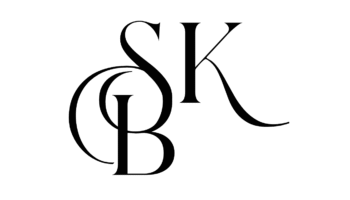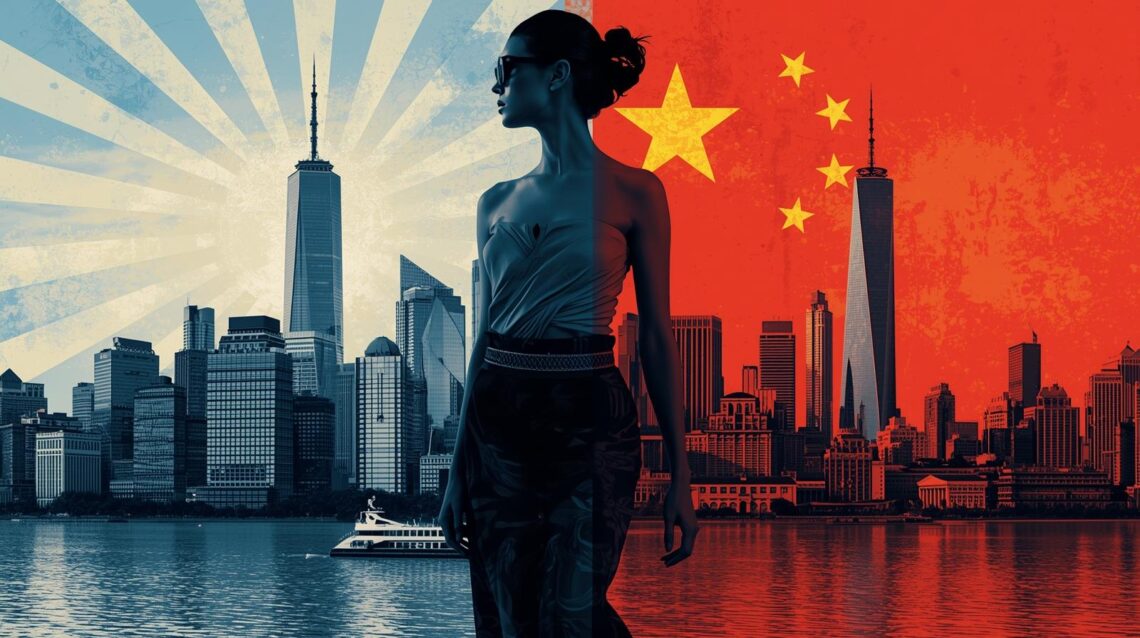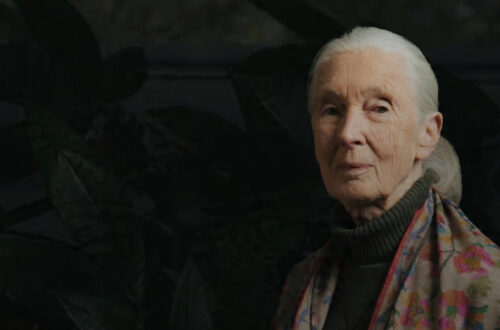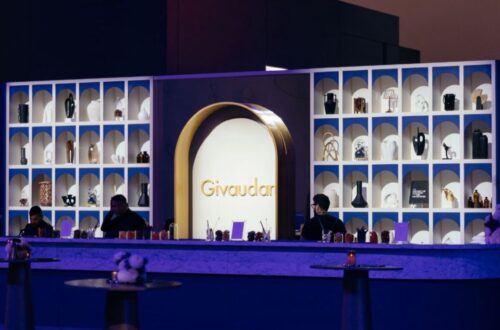I recently joined The Luxury Lowdown Act: How the U.S. and China by Vogue Business, hosted by Maliha Shoaib and Hilary Milnes As global trade tensions ease and consumer confidence begins to recover, the luxury industry is entering a new phase of recalibration. Experts unpacked how brands are adapting to a shifting trade landscape especially across the United States and China, the two most influential markets for luxury today.
A More Stable Trade Climate
After years of uncertainty, tariff relief in China is giving brands breathing room to plan ahead. While smaller labels remain cautious about cost exposure, major houses like LVMH, Kering, and Hermès are already taking advantage of this stability to reassess sourcing and distribution. The easing of trade friction doesn’t just reduce immediate costs it helps brands restore the long-term predictability needed for strategic investment.
The U.S. Market: A Story of Resilience
The United States continues to outperform expectations. Stock market strength and tax policies have insulated affluent consumers from inflationary pressures, allowing them to spend freely on luxury. Brands have noticed: LVMH reported higher sales volumes and foot traffic in the U.S., while Kering observed an increase in average unit retail prices.
Interestingly, this growth isn’t limited to New York or Los Angeles. Luxury retail expansion is moving inland to Dallas, Florida, and resort destinations in the Rocky Mountains signaling a deeper, more geographically diverse appetite for high-end goods. A strong dollar and expensive euro are also encouraging Americans to shop locally rather than abroad, fueling domestic momentum.
China’s Complex Recovery
While China remains indispensable to luxury, the post-pandemic reality has reshaped spending behavior. Consumers are more value-driven, and sentiment is still recovering. Tariff relief offers a glimmer of hope, but brands must now compete with a more cautious, digitally empowered Chinese shopper who demands both authenticity and transparency.
Many are adapting by localizing marketing, strengthening online experiences, and integrating cultural nuance into their brand storytelling steps crucial for regaining trust and relevance in the region.
The Price Question
Across both markets, price increases are becoming unavoidable. Analysts expect hikes between 5 and 10 percent as brands offset higher production and logistics costs. Luxury houses can sustain these increases through their pricing power, but the strategy has limits.
Consumers are becoming more discerning, questioning what justifies the rising prices. This scrutiny is pushing brands to emphasize craftsmanship, heritage, and quality but it also risks overexposure. The challenge lies in ensuring these messages remain authentic rather than turning into what some critics call “quality washing.”
A Shift in Consumer Tiers
The widening gap between affluent and middle-class consumers is reshaping luxury’s hierarchy. Ultra-high-net-worth individuals remain largely unaffected by inflation, while the upper middle class once a steady source of growth is being priced out.
This has fueled the rise of the contemporary luxury segment, where brands offering $300 jeans or $1,000 coats attract consumers seeking craftsmanship and prestige without the extreme markup. It’s a market built on accessibility, aspiration, and perceived value and one that’s quickly becoming central to the industry’s future.
Building Local Strength
Another visible trend is the strengthening of domestic distribution networks, particularly in the U.S. By building local logistics systems, brands reduce customs fees and hidden shipping costs that often frustrate online buyers. This approach enhances the post-purchase experience and reinforces loyalty a vital factor in today’s competitive retail landscape.
The Road Ahead
The equilibrium between the U.S. and China will define the luxury industry in 2025 and beyond. As trade relations stabilize, brands are focusing on balancing global growth with local relevance. The next phase of luxury will not only be about expansion it will be about earning trust through transparency, demonstrating true quality, and maintaining emotional connection in every market.

Written by Shubham Kumar
Exploring the intersection of luxury, sustainability, and global business strategy.







One comment on “Luxury is adapting in the US and China.”